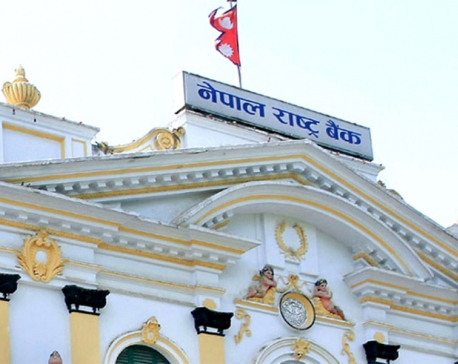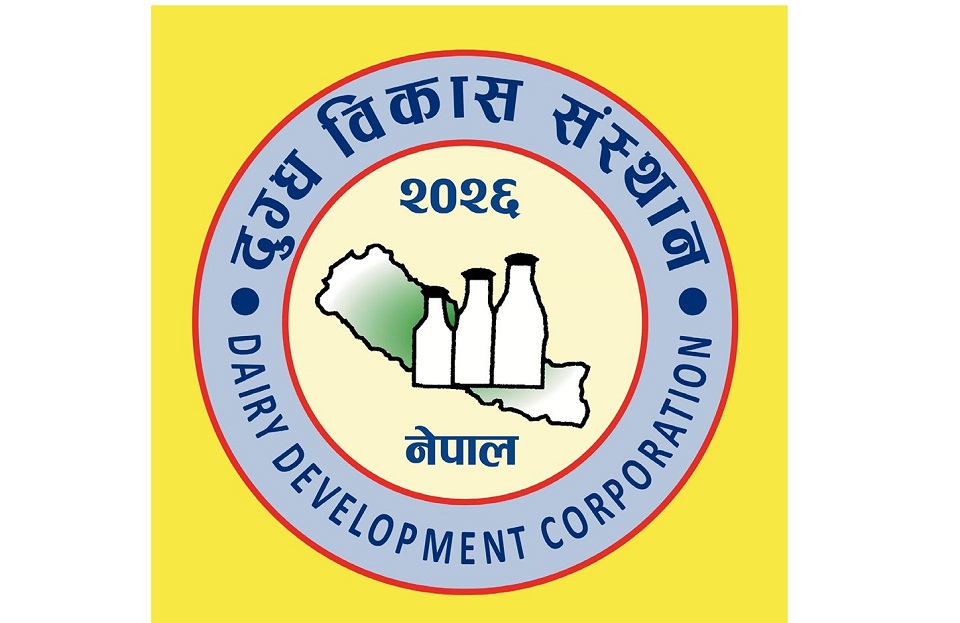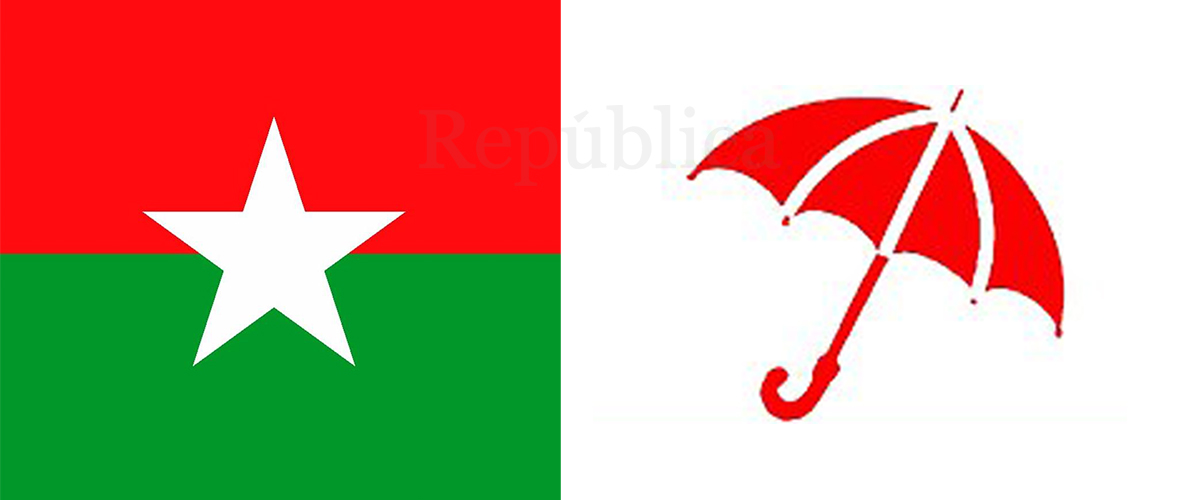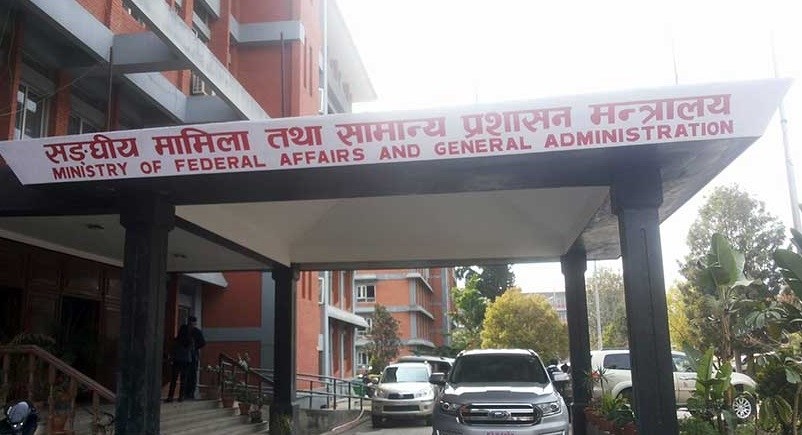
OR
NRB recommends second-tier institution for cooperatives regulation
Published On: July 24, 2018 06:50 AM NPT By: Republica | @RepublicaNepal
KATHMANDU, July 24: Nepal Rastra Bank (NRB) has released all 14 cooperatives that had received the license to carry out limited banking services from its supervisory and regulatory domain. The NRB and other stakeholders have urged the government to form a separate ‘second-tier institution’ to supervise and regulate those cooperatives as well as other companies that provide banking and financial services.
There are over 15,000 cooperatives that provide saving and credit services, while there are institutions like Employee Provident Fund (EPF) and Citizen Investment Trust (CIT) that do not have any direct regulating and supervisory body.
“These cooperative had come to our regulatory purview many years ago when other banks were unable to reach rural areas. The central bank has a lot of financial intermediaries to look after,” said Nara Bahadur Thapa, an executive director at the NRB. “We hope the decision to remove them from the regulatory domain will encourage the government to create another second-tier institution to regulate and supervise them,” he added.
Earlier in 2015, the NRB had come up with a policy input paper following a study on the financial intermediaries that are not under the regulatory and supervisory perimeter of the central bank. Concluding that such institutions were posing challenges to effective implementation of the monetary policy as well as financial system’s stability and sustainability, the study report had also recommended the government various STI models that could be adopted in Nepal.
According to the NRB’s report, there are 16 cooperatives that provide limited banking services, 29 non-governmental organizations that provide limited banking services, over 15,000 saving and credit cooperatives and 15,000 NGOs that provide financial intermediary services apart from postal bank, EPF and CIT.
Others working on cooperatives sector also see the need to set-up the third-tier institution for the protection of interest of depositors who have their billions of savings in such financial intermediaries.
“While the central bank was monitoring and regulating cooperatives, over 14,000 saving and credit cooperatives were outside the central bank’s regulatory purview,” said Rishi Ram Ghimire, an expert on saving and credit cooperatives. “Now, there should be a second-tier institution that will work as the regulator and supervisor of all these cooperatives,” he added.
However, part of such supervisory role should be shared with the Nepal Federation of Savings and Credit Cooperative Unions Ltd as the apex organization of savings and credit cooperatives has the technical capacity required for such role.
“The government should first introduce a separate law on saving and credit cooperatives where such arrangement should be made,” he added.
The International Monetary Fund (IMF) has also called for the creation of a separate second-tier institution keeping in view the rising risks posed by the cooperative in the absence of proper regulation and supervision.
“The large number of financial cooperatives account for more than 15 percent of the financial system assets and have linkages to the banks,” read the report of IMF’s 2017 Article IV Consultation—a regular surveillance that the IMF carries out of its members to assess the economic and financial condition of the country.
“However, the absence of meaningful regulation and supervision of the cooperatives sector needs to be remedied, for example through the creation of a designated second-tier institution as well as resolution tools. This would complement and support the government’s welcome financial inclusion goals,” the report added.
You May Like This

Depositors lose billions of rupees due to lack of effective regulation of cooperatives
KATHMANDU, June 29: Depositors have lost billions of rupees due to the lack of effective regulation of cooperative institutions by... Read More...

Loose regulation makes Nepal profitable prospect: NRB chief
KATHMANDU, June 17: While investors keep saying that investing in infrastructure in Nepal is challenging, the central bank governor says... Read More...

NRB provides refinance facility of Rs 2 billion
KATHMANDU, Oct 26: Nepal Rastra Bank (NRB) has provided Rs 1.99 billion worth of refinance facility over the first two months... Read More...







Just In
- PM Dahal, Chairman of CIDCA Zhaohui hold meeting
- MoFAGA transfers 8 under secretaries and 11 section officers (with list)
- PM Dahal arrives in Morang
- DDC pays Rs 480 million dues to farmers
- Police arrest seven Indian nationals with 1.5 kg gold and Rs 14.3 million cash
- Gold price increases by Rs 1,400 today
- Kathmandu continues to top the chart of world’s most polluted city
- JSP Central Executive Committee meeting today










Leave A Comment